Instead of addressing the root of the problem, our authorities seem to be just skirting around the subject, and the city fails to look at the larger picture
A repeated spate of infrastructural collapses such as the foot overbridge at Andheri, or crumbling dilapidated buildings, being witnessed in Mumbai, at one time India's most sought after city, raises the question what has happened to the dream city? There is a calamity waiting to happen, at literally every nook and corner in the city, with each instance leading to unwarranted loss of life. Today, just walking in the city is putting one's life at risk. Through a number of unrelated but vital instances, it is not a point of debate anymore that Mumbai is crumbling, and at a pace much faster than it can be mended!
The stress is clearly seen in every realm of Mumbai, be it potholes on numerous roads, or unbridled slum proliferation. All these issues are simply symptomatic of a much deeper distress, and are indicators of a larger systemic conundrum which needs immediate remedy. Considering it is supposed to be India's prime metropolis, even just day-to-day living and working in Mumbai has become a matter of grave dilemma!
Instead of addressing the root of the problem, our authorities seem to be just skirting around the subject, and the city fails to look at the larger picture. The state is promoting ruinous Development Control Promotion Regulations (DCPR) and policies, enabling concretisation of every square inch of available space in the city. The entire focus on development in the city is to enable growth in the private domain, completely omitting the larger public interest. A shining example of developer-led planning is the Notified DP 2034 where the Government has discussed exhaustively high and higher FSI, while criminally neglecting its responsibility towards the provision of essential services such as integrated public transport, improvement of public open spaces, education and healthcare facilities and protecting the environment.
The city seems to be merely chugging along on more than 100-year old infrastructure, its storm water drains, water supply pipes, bridges and railway stations exhausted and crumbling. Instead of decongesting areas, the DCPRs are blatantly being designed to intensify rehabilitation while freeing up land for more and more lucrative private construction. The city receives nothing in return.
Unfortunately, at its current pace of development, the city has a very short shelf life. Why are we shying away from building robust infrastructure? We undertake road trenching, but instead of designing for the heavy volumes of traffic and streamlined underground services, our roads are built only to last for a few weeks, until the next contract can be handed out. We must not accept simplistic knee-jerk reactions and superficial patching up of problems.
Hence, in its current state, Mumbai can best be described as an urban disaster!! The Government conveniently disregards the fact, that in spite of a curbed population growth, there is a large daily temporary influx in Mumbai's population, adding to the burden on the roads, utilities and amenities. Mumbai NEEDS a serious, and most importantly, an effective paradigm shift in its approach to urban planning, high FSI is not the solution to our poor and inadequate infrastructure. Opening up of hinterlands by providing an affordable, efficient and integrated public transport system is one approach. Implementing the station improvement schemes which have remained only on paper and preventing stampede-like situations is another.
The city has the robustness to accommodate change, but, completely swallowed in by the private domain, our authorities are shying away from facilitating change. Instead of a cohesive approach to planning, the state seems to be splintering the city further by creation of Special Planning Areas such as MHADA lands and the MbPT lands. The Government is slowly relieving itself of every responsibility, but the city is a social and physical condition, not a political economy which can be traded off!! Mumbai needs a Structure Plan and a strategic framework, before it can accommodate any further concretisation.
Every regulation and policy published by the State Government is pushing high FSI as a driver for change and it is seen as a solution to all of the city's problems. But FSI can only ever be a resultant, and currently it is merely an encumbrance. It has failed to resolve any issues in the last 30 years. But yet, the state believes that to increase the number of jobs in the city, the real estate sector needs more assistance and that high FSI is the enabler.
If high FSI was a solution, Mumbai would by now be slum-free, homelessness and unemployment would be eradicated, and of course every home would have a 24-hour water supply, no power cuts and our untreated sewage would not be dumped into the sea! Every child in every home would be in school, and our overburdened hospitals would not have queues and queues of sick people. Mumbai would not be faced with year on year flooding, stampedes at railway stations or even potholes on every street.
Contrary to common belief among state and local authorities, FSI IS NOT a facilitator to resolve our fundamental social and urban issues, and to create equity. There is no evidence that a high number in FSI can create 80 lakh jobs for the citizens. What about the types of jobs, the relevant skill sets required, and accessibility? What about that good quality of life, free of disease and hardship? There is an unsold inventory of above two lakh homes in the Region, and the state is in denial of it! The FSI in Mumbai is falsely portrayed as low, however, an FSI of 4 translates to construction area FSI of above 10 including fungible, fsi free components and parking. We need to get away from this simplistic FSI-led planning. At best, the high FSI will only create larger disparity, worsened situations of flooding and traffic and a fractured city fabric.
Pankaj Joshi, Executive Director, Urban Development Research Institute
![submenu-img]() 'Maa ki yaad dila di': PM Modi writes to Neeraj Chopra's mother, expresses gratitude for homemade 'churma'
'Maa ki yaad dila di': PM Modi writes to Neeraj Chopra's mother, expresses gratitude for homemade 'churma'![submenu-img]() Who is changing Anil Ambani's fortune? How are Reliance Group companies becoming debt-free?
Who is changing Anil Ambani's fortune? How are Reliance Group companies becoming debt-free?![submenu-img]() Watch: Aamir Khan visits ex-wife Reena Dutta after her father's death
Watch: Aamir Khan visits ex-wife Reena Dutta after her father's death![submenu-img]() ICC Test Rankings: Major setback for Rohit Sharma, Virat Kohli re-enters top 10
ICC Test Rankings: Major setback for Rohit Sharma, Virat Kohli re-enters top 10![submenu-img]() The Great Kapil Show: Rohit Sharma reveals what team India was up to after winning T20 World Cup, says 'every player...'
The Great Kapil Show: Rohit Sharma reveals what team India was up to after winning T20 World Cup, says 'every player...'![submenu-img]() Jammu And Kashmir Encounter: चुनावी सुरक्षा के बीच किश्तवाड़ में 20 दिन में दूसरा Terror Attack, सुरक्षा बलों के साथ एनकाउंटर चालू
Jammu And Kashmir Encounter: चुनावी सुरक्षा के बीच किश्तवाड़ में 20 दिन में दूसरा Terror Attack, सुरक्षा बलों के साथ एनकाउंटर चालू![submenu-img]() 'Marital Rape को अपराध घोषित करना जरूरी नहीं', Supreme Court में केंद्र सरकार का हलफनामा
'Marital Rape को अपराध घोषित करना जरूरी नहीं', Supreme Court में केंद्र सरकार का हलफनामा![submenu-img]() Israel पर Iran के हमले के बाद क्या 'बैलिस्टिक मिसाइल युद्ध' की जद में आ गया है Middle East?
Israel पर Iran के हमले के बाद क्या 'बैलिस्टिक मिसाइल युद्ध' की जद में आ गया है Middle East?![submenu-img]() 500 करोड़ की धोखाधड़ी, Elvish Yadav से लेकर Bharti Singh तक तलब, रिया चक्रवर्ती भी रडार पर
500 करोड़ की धोखाधड़ी, Elvish Yadav से लेकर Bharti Singh तक तलब, रिया चक्रवर्ती भी रडार पर![submenu-img]() Women's T20 World Cup 2024 Highlights: बांग्लादेश ने रचा इतिहास... टी20 वर्ल्ड कप में 10 साल बाद किया ये करिश्मा
Women's T20 World Cup 2024 Highlights: बांग्लादेश ने रचा इतिहास... टी20 वर्ल्ड कप में 10 साल बाद किया ये करिश्मा![submenu-img]() This company overtakes Ratan Tata's firm to become India’s…; it is owned by…
This company overtakes Ratan Tata's firm to become India’s…; it is owned by…![submenu-img]() Mahindra Thar ROXX booking to start from..., check waiting period, details
Mahindra Thar ROXX booking to start from..., check waiting period, details![submenu-img]() BMW launches CE 02 electric scooter in India; price starts at Rs…
BMW launches CE 02 electric scooter in India; price starts at Rs…![submenu-img]() Mahindra Thar Roxx 4x4 prices revealed, starts at Rs…
Mahindra Thar Roxx 4x4 prices revealed, starts at Rs…![submenu-img]() Sebi gives nod to Hyundai India's Rs 20,000 crore IPO, listing month is...
Sebi gives nod to Hyundai India's Rs 20,000 crore IPO, listing month is...![submenu-img]() RRB Railway Recruitment 2024: Sarkari naukri alert for 14298 posts, know how to apply online at rrbapply.gov.in before..
RRB Railway Recruitment 2024: Sarkari naukri alert for 14298 posts, know how to apply online at rrbapply.gov.in before..![submenu-img]() Meet IAS officer, BITS graduate who left high-paying job at Google, got highest marks in UPSC exam, he is...
Meet IAS officer, BITS graduate who left high-paying job at Google, got highest marks in UPSC exam, he is...![submenu-img]() Meet man who quit his job at ISRO, then began taxi company, its turnover is Rs...
Meet man who quit his job at ISRO, then began taxi company, its turnover is Rs...![submenu-img]() Meet woman, who is social media star, is married to IAS, cracked UPSC exam in first attempt, secured AIR...
Meet woman, who is social media star, is married to IAS, cracked UPSC exam in first attempt, secured AIR...![submenu-img]() Meet Indian genius who cracked IIT-JEE with AIR 1, joined IIT Bombay, left after 2 years without graduation, he is now…
Meet Indian genius who cracked IIT-JEE with AIR 1, joined IIT Bombay, left after 2 years without graduation, he is now…![submenu-img]() After Hassan Nasrallah's Death, This Cleric Is Now Tipped To Be Hezbollah Leader | Israel | Lebanon
After Hassan Nasrallah's Death, This Cleric Is Now Tipped To Be Hezbollah Leader | Israel | Lebanon![submenu-img]() Hashem Safieddine, Cousin Of Hassan Nasrallah To Become Hezbollah's New Chief | Israel-Lebanon War
Hashem Safieddine, Cousin Of Hassan Nasrallah To Become Hezbollah's New Chief | Israel-Lebanon War![submenu-img]() Israel Hezbollah War: Nasrallah's Death, A Turning Point for Hezbollah's Future? Experts Explain
Israel Hezbollah War: Nasrallah's Death, A Turning Point for Hezbollah's Future? Experts Explain![submenu-img]() Israel Hezbollah War: Hassan Nasrallah's Death Leads To Protests In J&K, Ex-CM Mehbooba Mufti Reacts
Israel Hezbollah War: Hassan Nasrallah's Death Leads To Protests In J&K, Ex-CM Mehbooba Mufti Reacts![submenu-img]() Israel Hezbollah War: Nasrallah's Death Leads To Protest By Women & Children In Jammu And Kashmir
Israel Hezbollah War: Nasrallah's Death Leads To Protest By Women & Children In Jammu And Kashmir![submenu-img]() Who is changing Anil Ambani's fortune? How are Reliance Group companies becoming debt-free?
Who is changing Anil Ambani's fortune? How are Reliance Group companies becoming debt-free?![submenu-img]() After India's independence, Mahatma Gandhi wasn't the first choice for currency notes, they initially featured...
After India's independence, Mahatma Gandhi wasn't the first choice for currency notes, they initially featured...![submenu-img]() Meet woman, who got Rs 6400000 job in IT tech giant of Bill Gates, not from IIT, IIM, she is...
Meet woman, who got Rs 6400000 job in IT tech giant of Bill Gates, not from IIT, IIM, she is... ![submenu-img]() Big move by Gautam Adani as this Adani company likely to earn Rs 109159505000 by selling shares
Big move by Gautam Adani as this Adani company likely to earn Rs 109159505000 by selling shares![submenu-img]() Mukesh Ambani's Reliance Jio Rs 899 recharge plan is better than Rs 999 plan, as it offers...
Mukesh Ambani's Reliance Jio Rs 899 recharge plan is better than Rs 999 plan, as it offers...![submenu-img]() Who is Manoj Bharti, ex-diplomat appointed as working president of Prashant Kishor's Jan Suraaj Party?
Who is Manoj Bharti, ex-diplomat appointed as working president of Prashant Kishor's Jan Suraaj Party?![submenu-img]() Delhi: Biggest drug bust in capital, 500 kg cocaine worth Rs 2000 crore seized
Delhi: Biggest drug bust in capital, 500 kg cocaine worth Rs 2000 crore seized![submenu-img]() Anant Ambani meets Uddhav Thackeray at Matoshree, sparks speculations ahead of Maharashtra polls
Anant Ambani meets Uddhav Thackeray at Matoshree, sparks speculations ahead of Maharashtra polls![submenu-img]() Prashant Kishor launches Jan Suraaj Party, vows to end liquor ban in Bihar
Prashant Kishor launches Jan Suraaj Party, vows to end liquor ban in Bihar![submenu-img]() 'We do not ask people to get married or...': Sadhguru's Isha Foundation on charges of ‘forcing women to become hermits’
'We do not ask people to get married or...': Sadhguru's Isha Foundation on charges of ‘forcing women to become hermits’

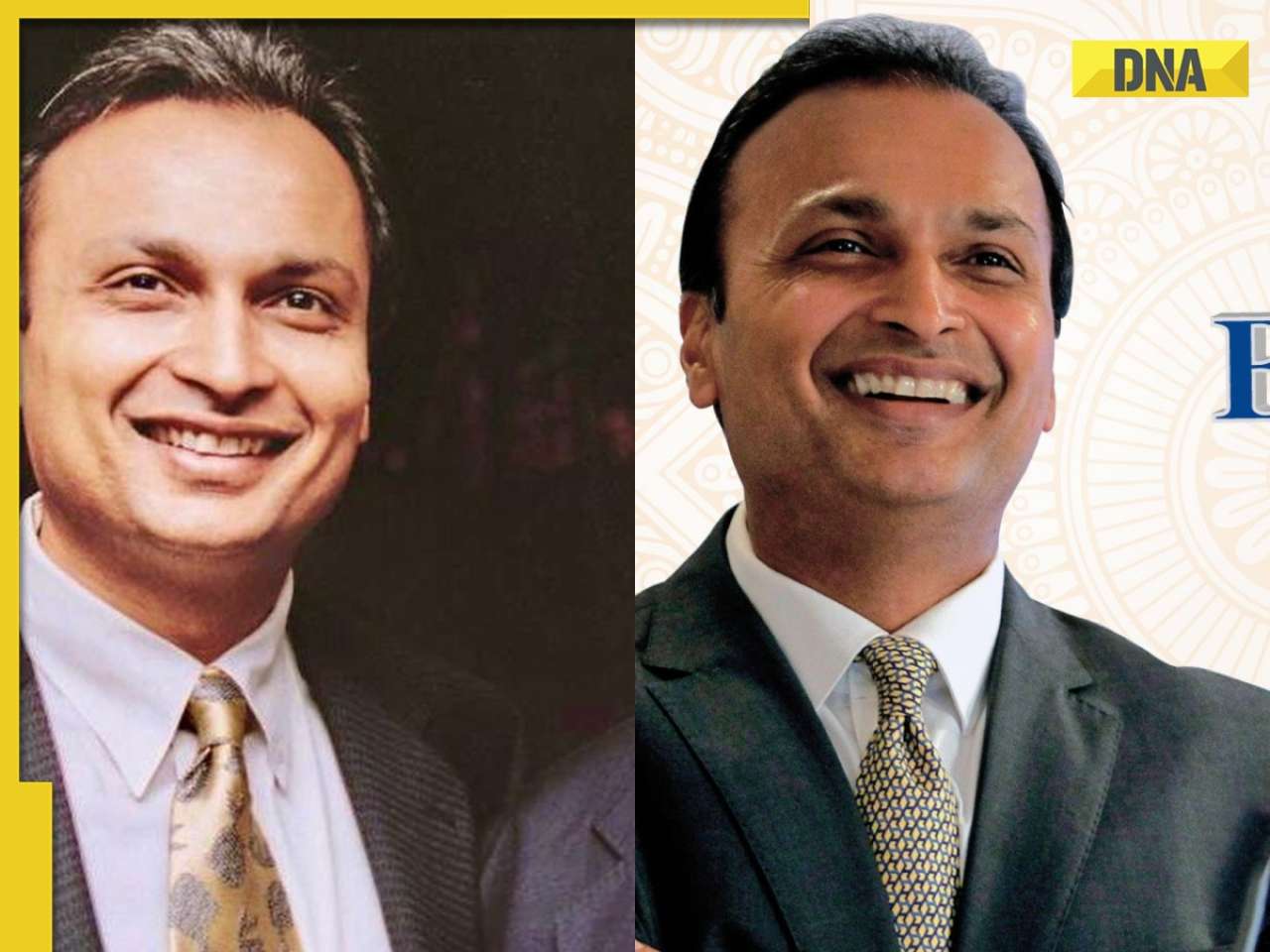









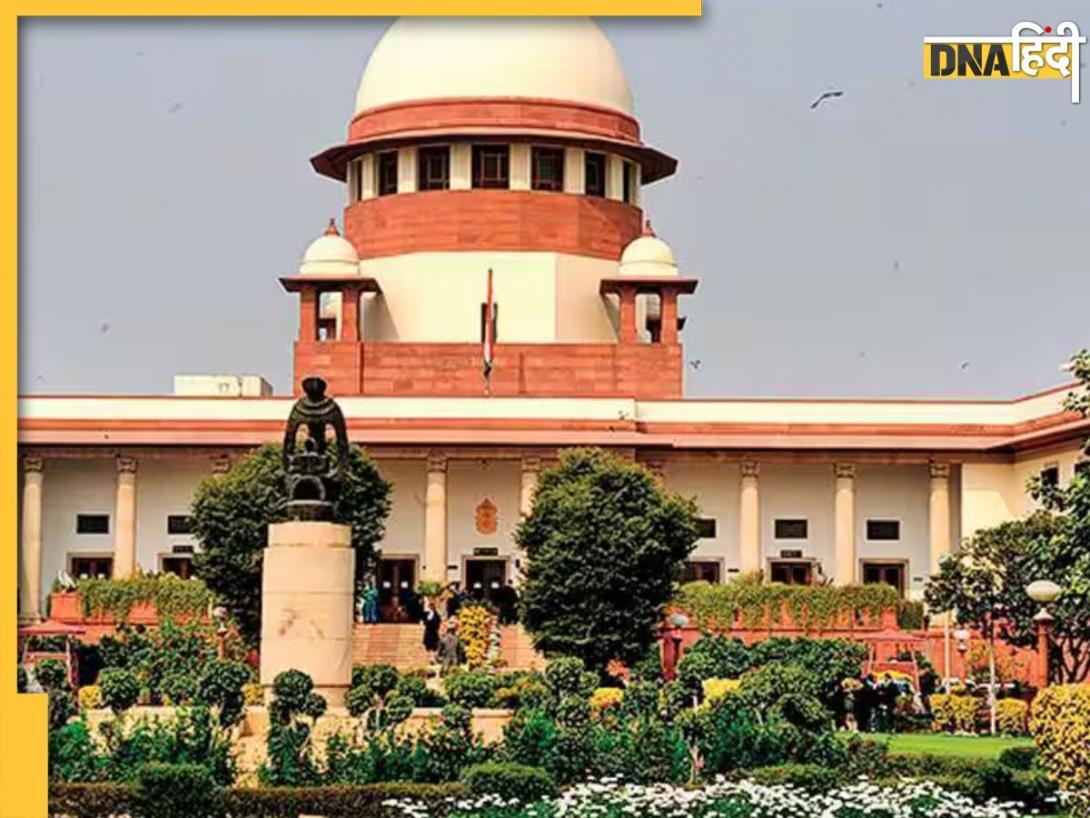



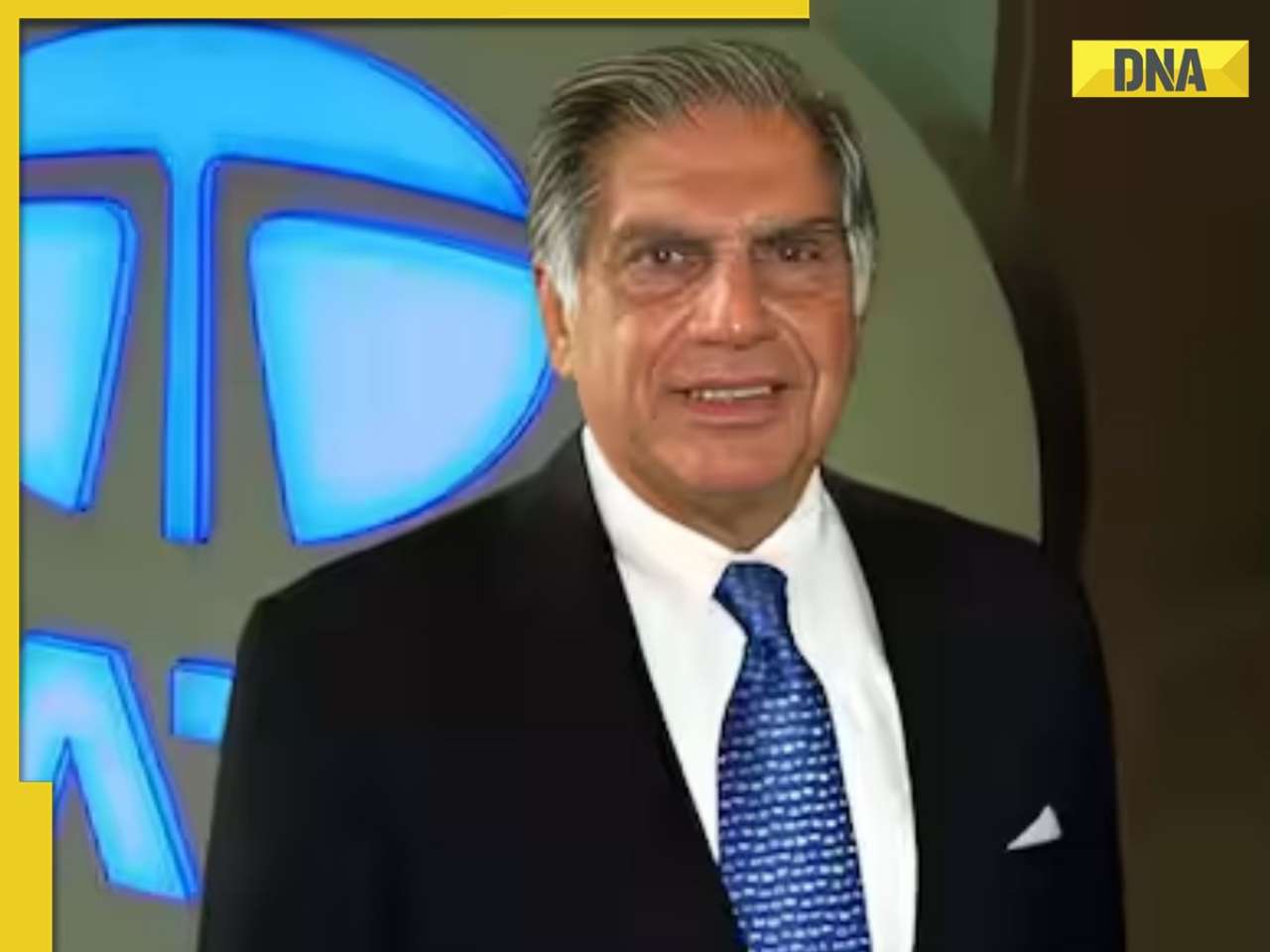




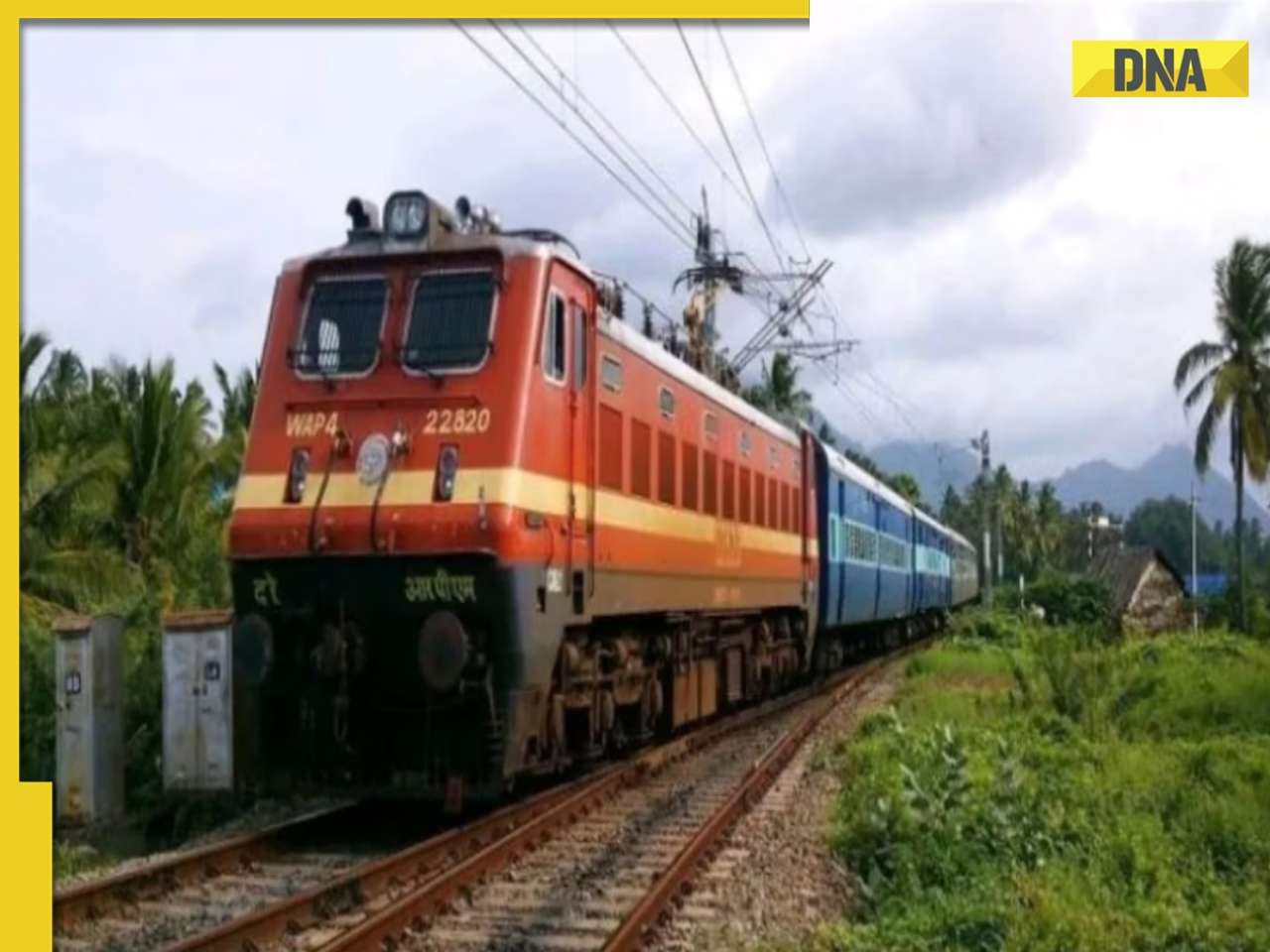

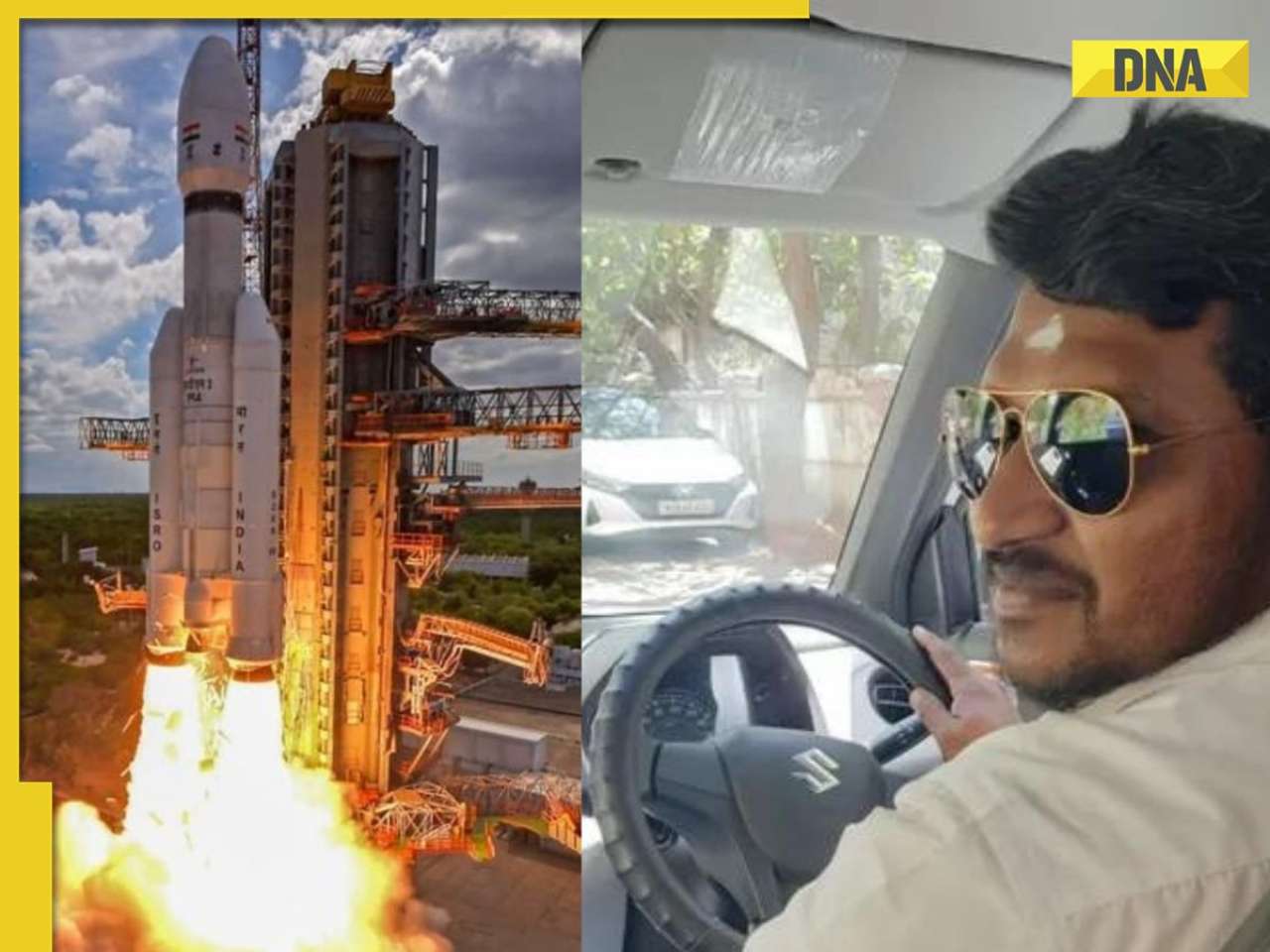

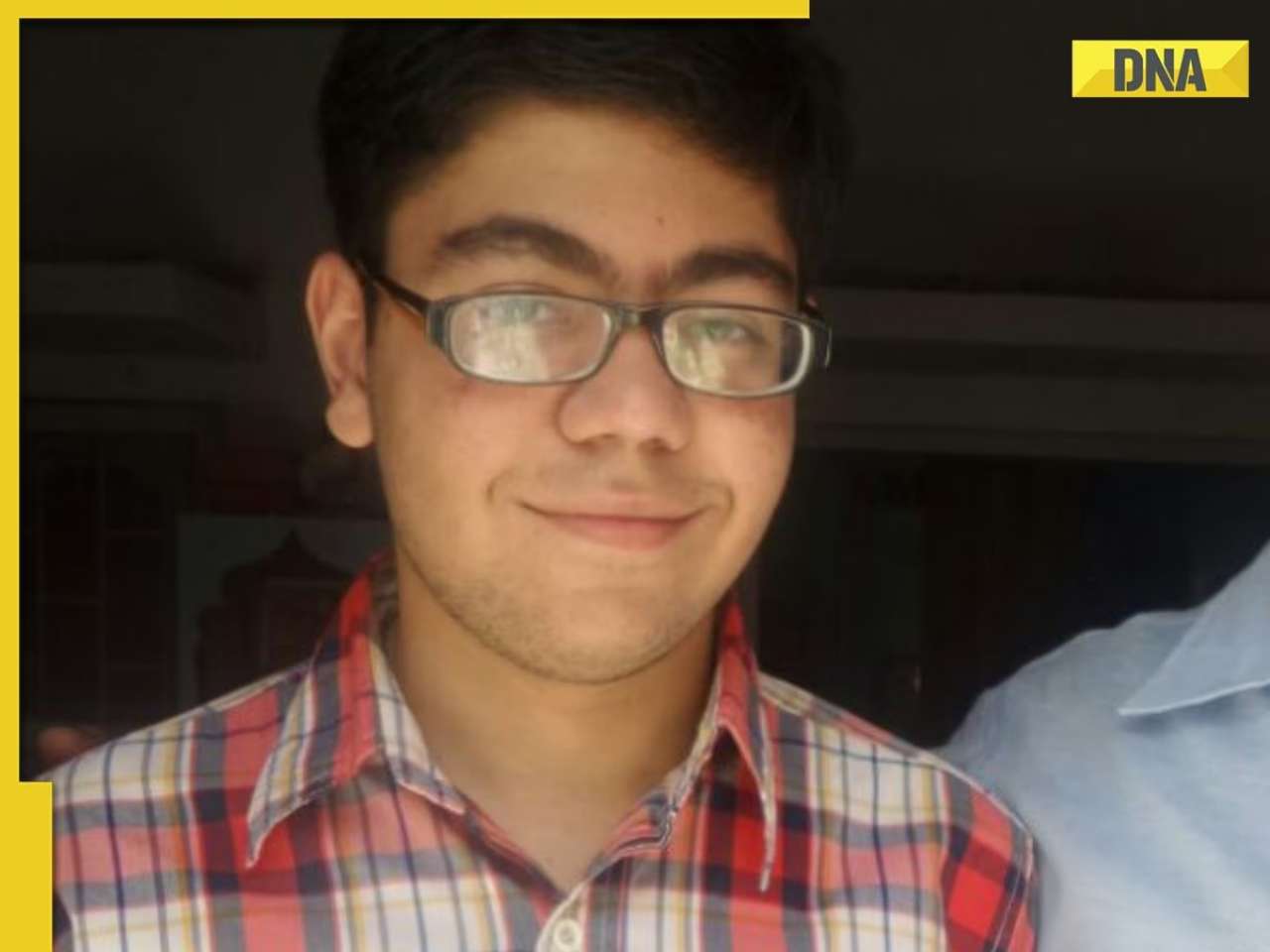


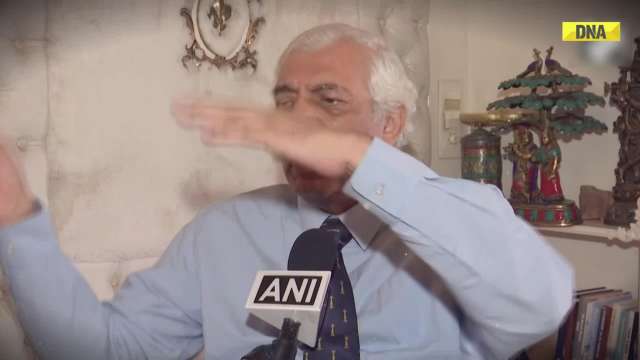




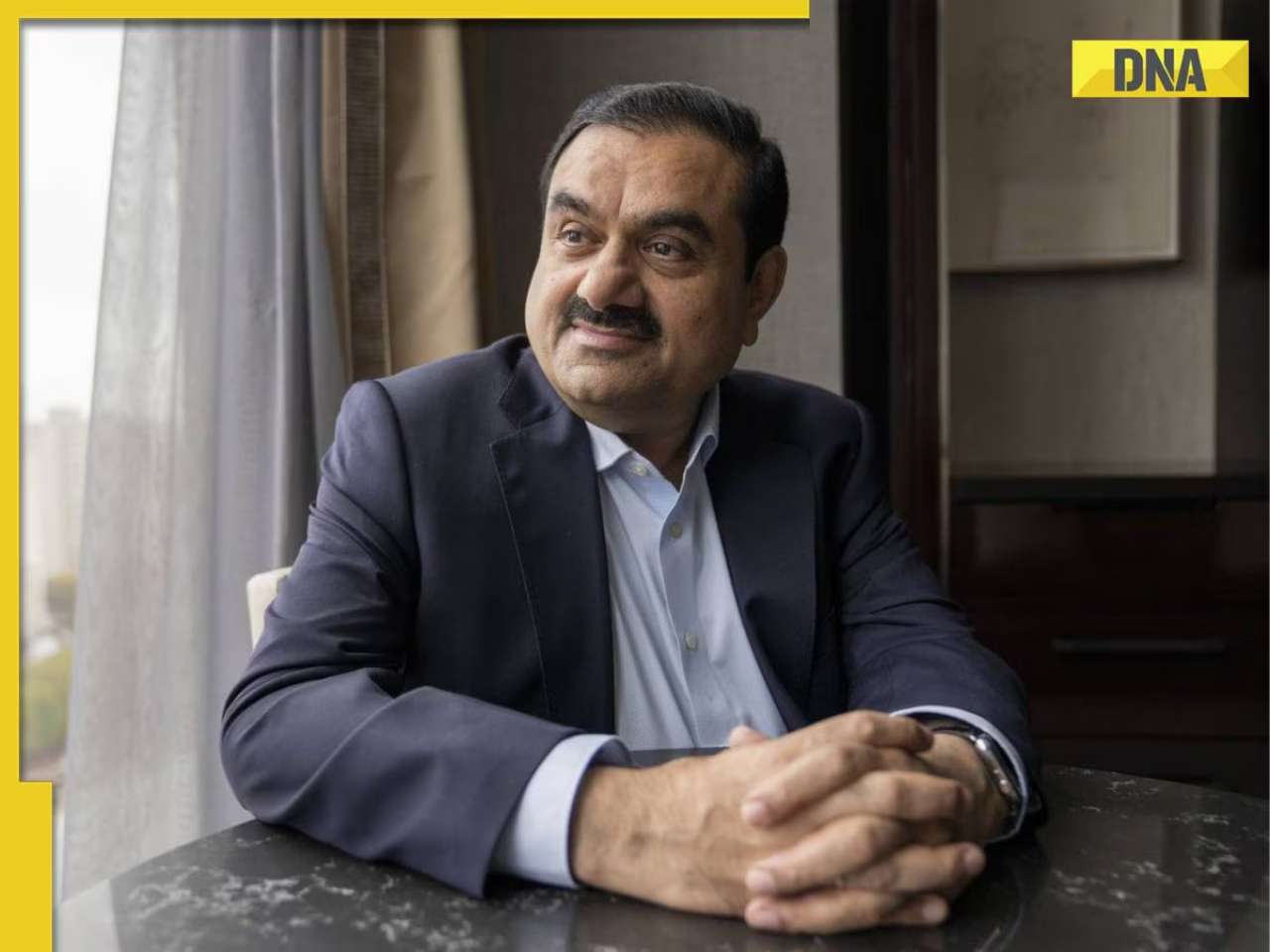
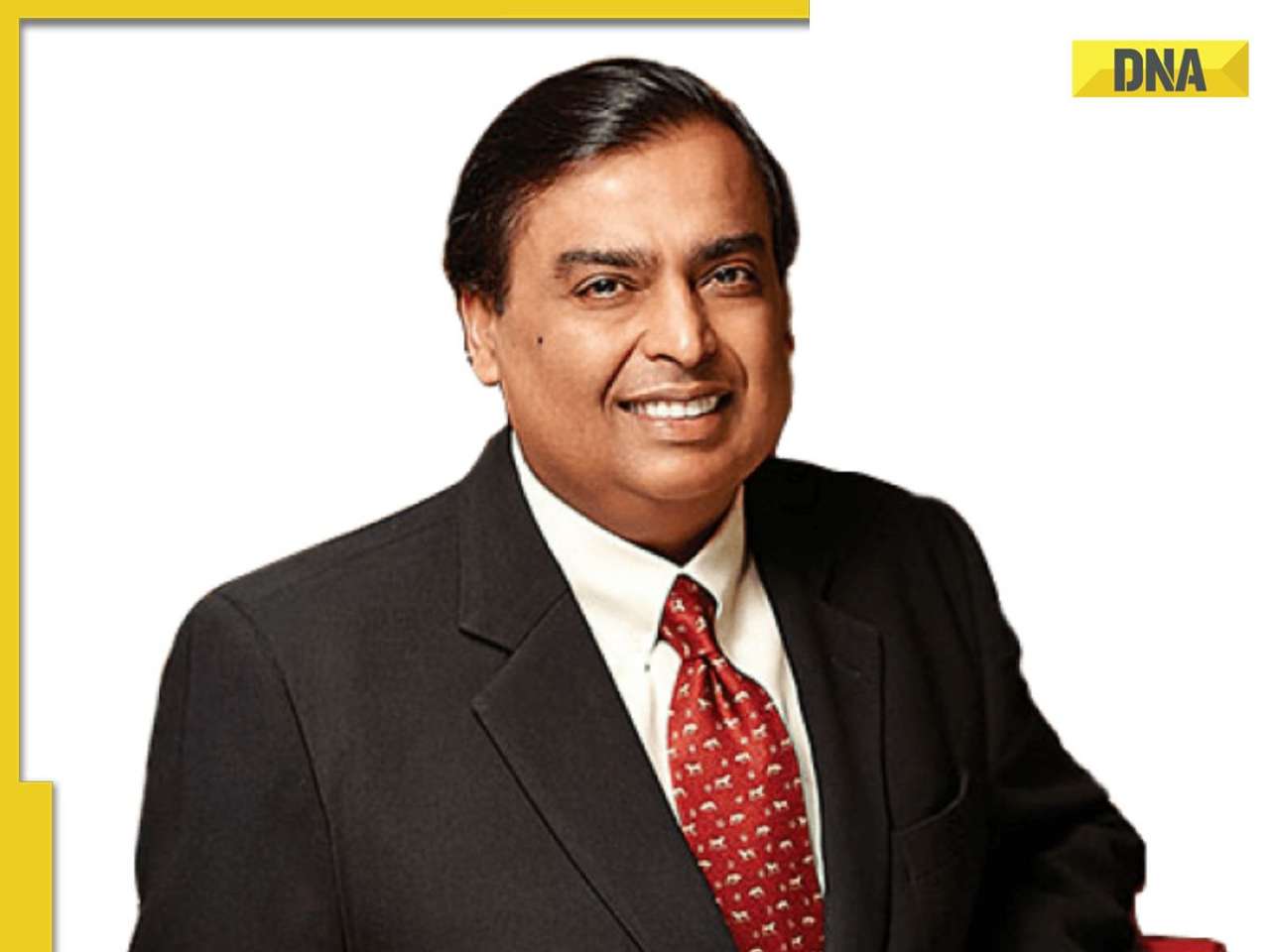





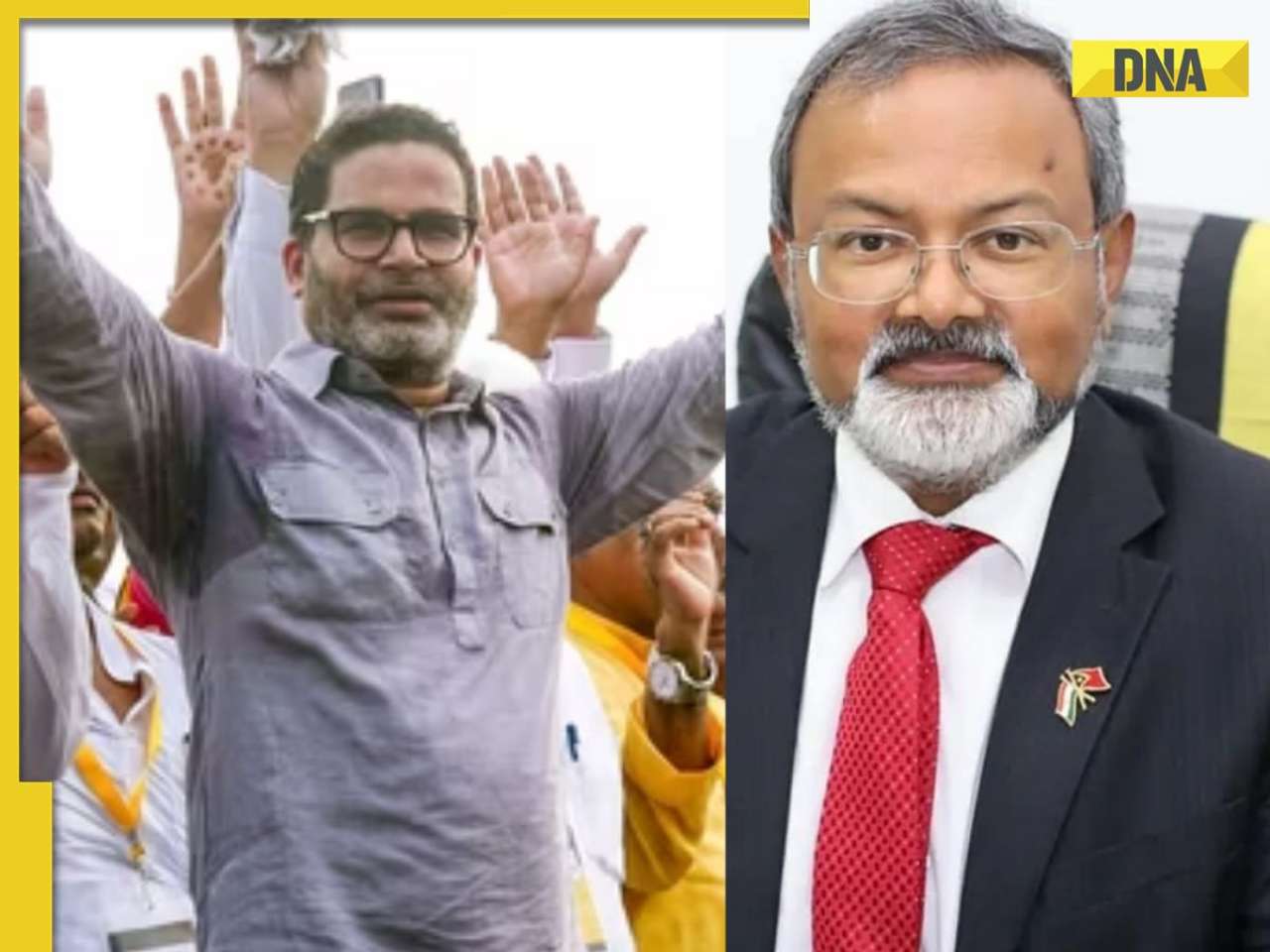

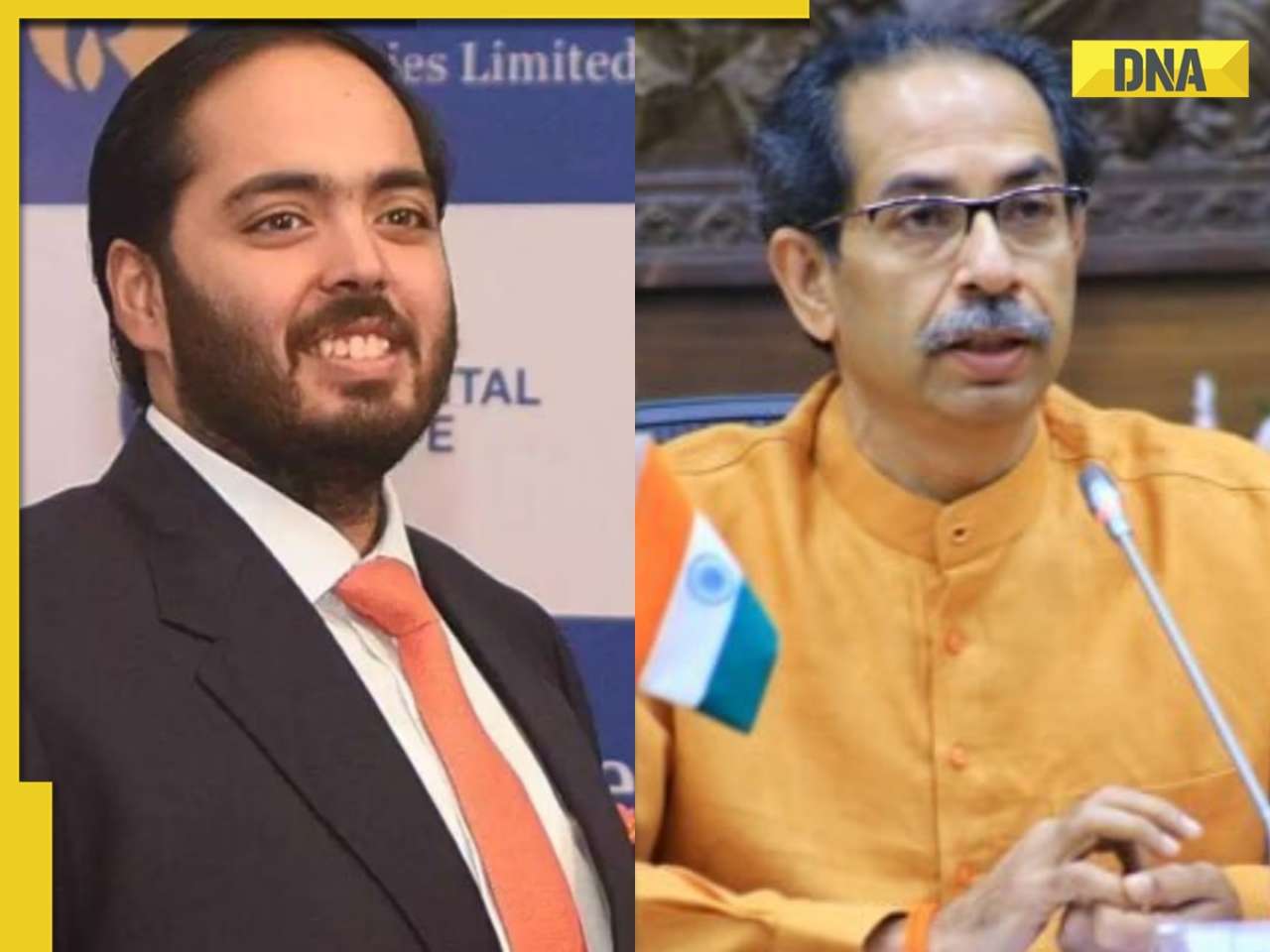
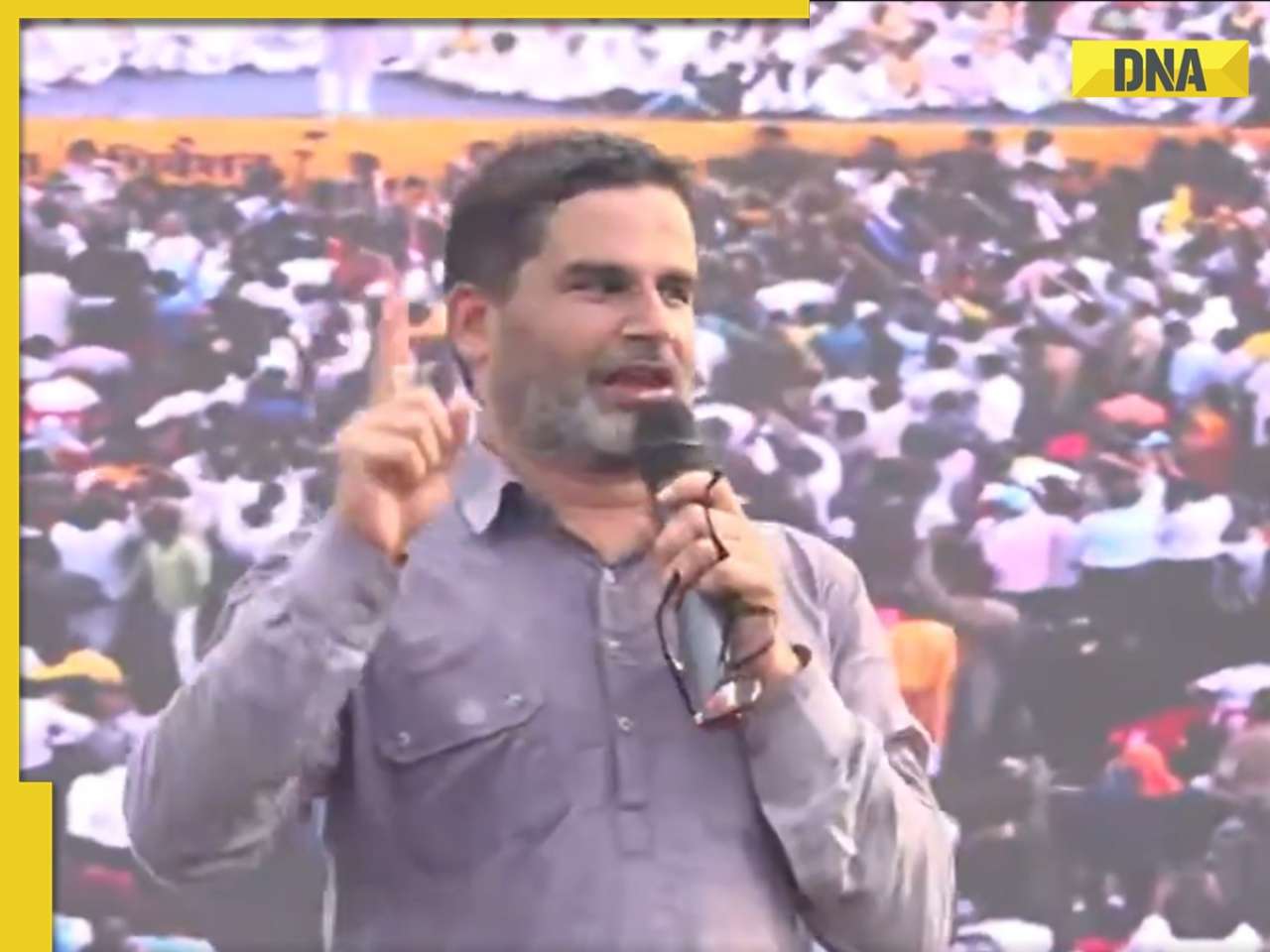
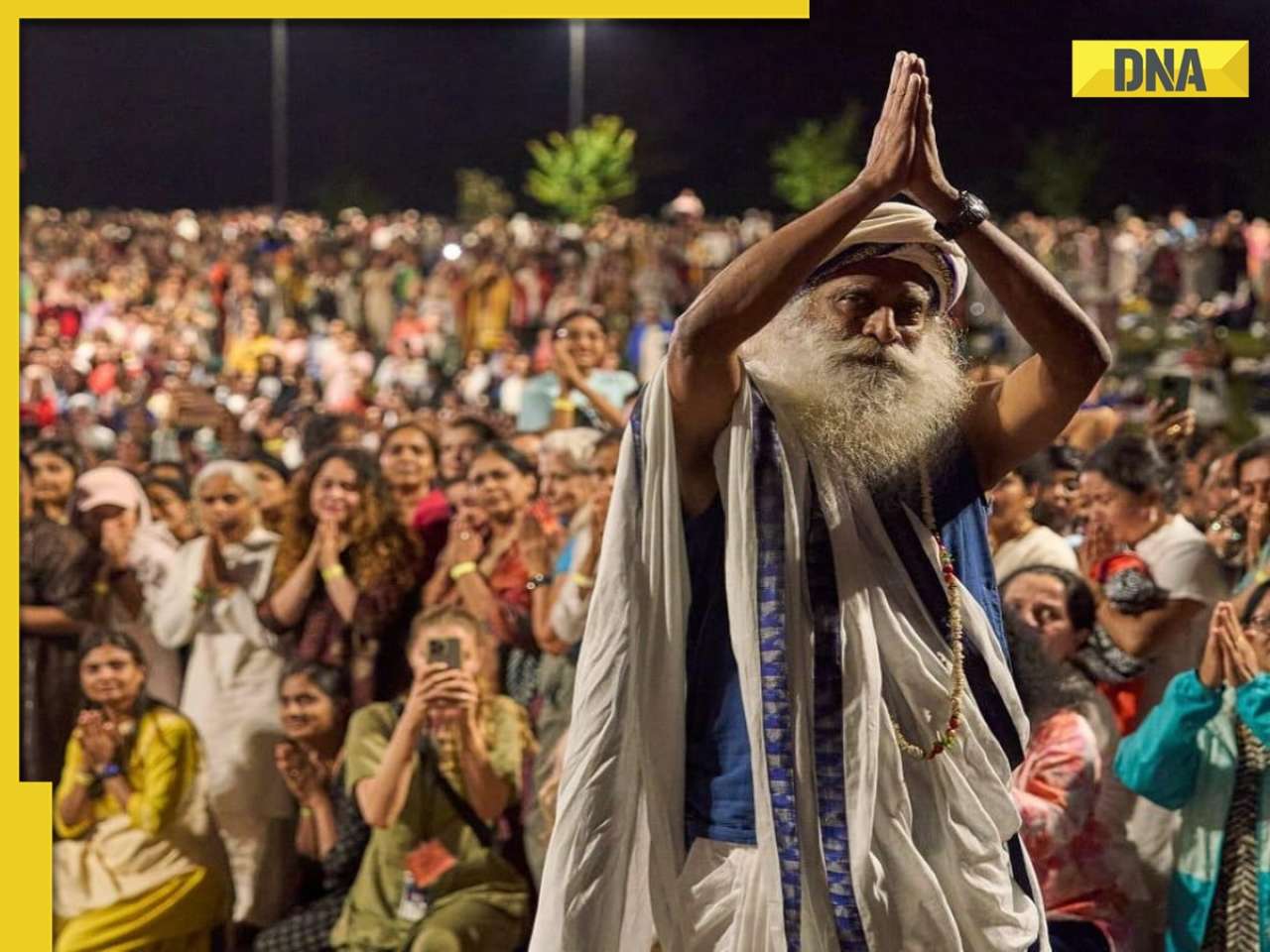

)
)
)
)
)
)
)
)
)
)
)
)
)
)
)





)
)
)
)
)
)